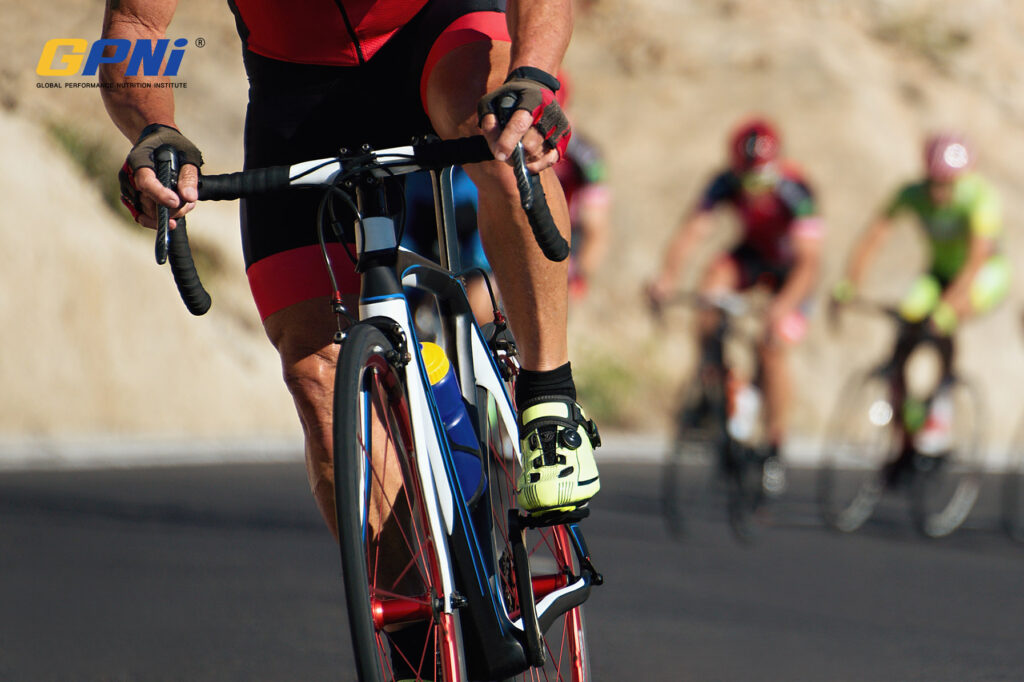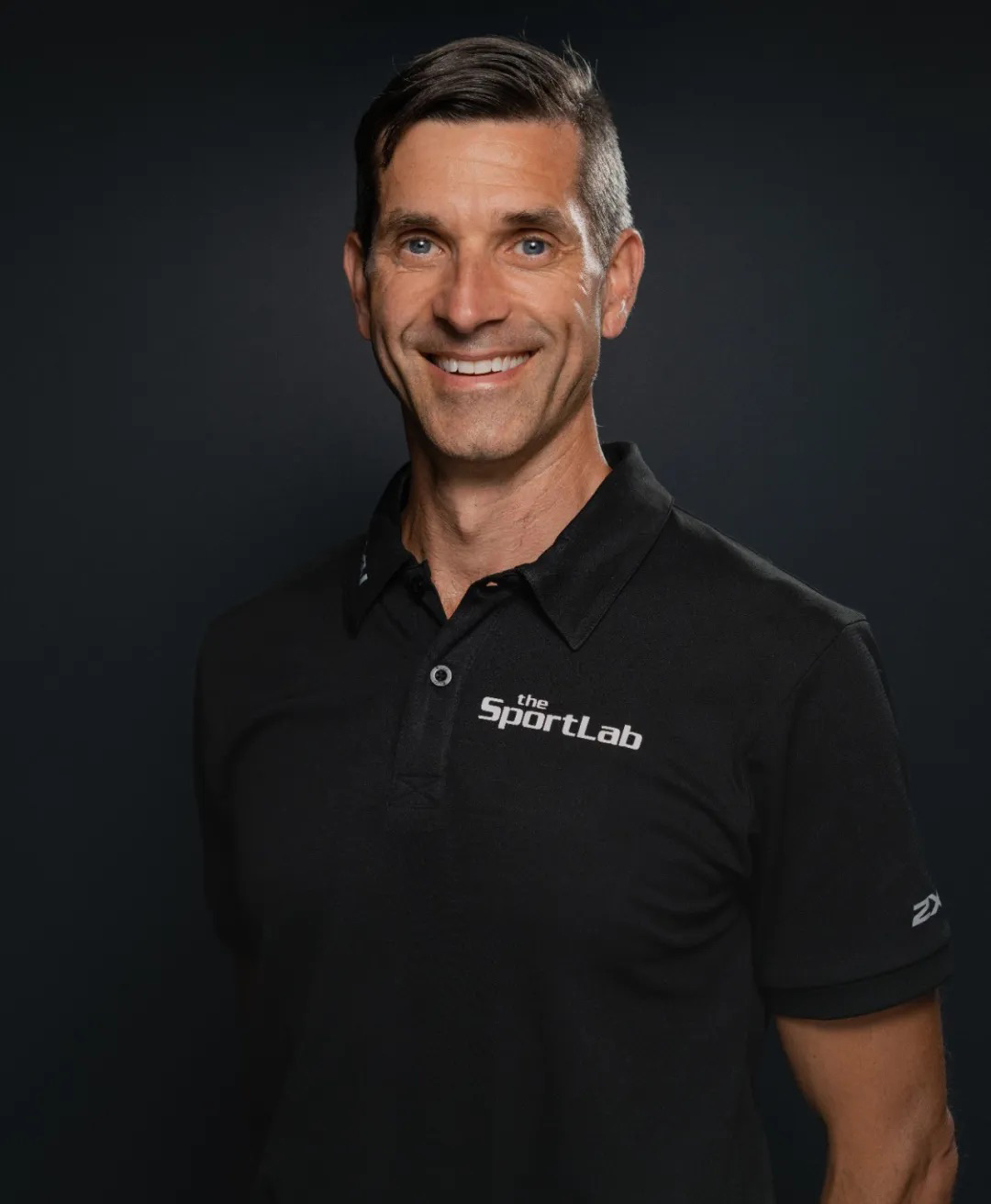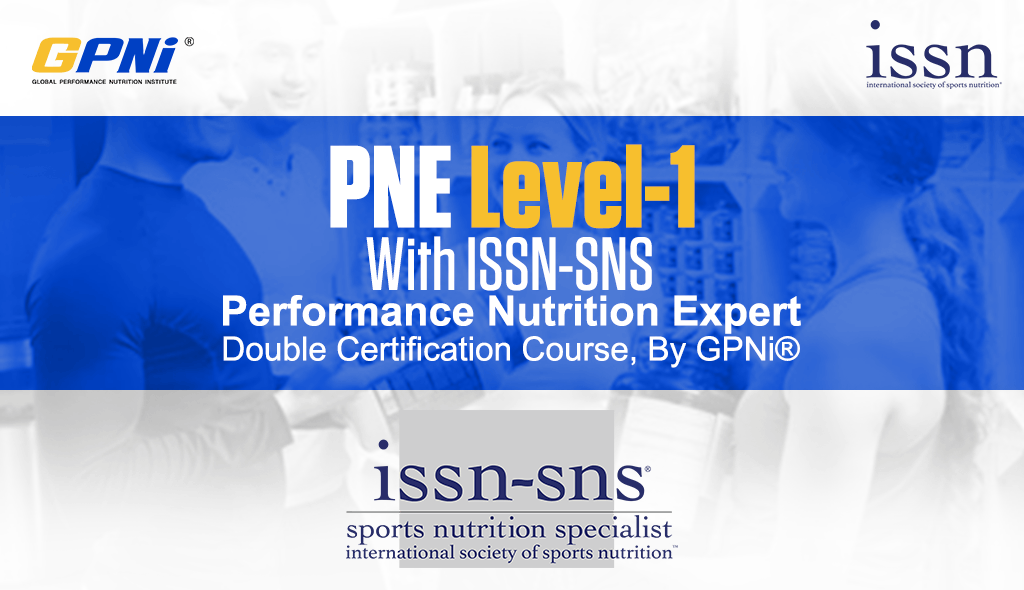In the realm of high-performance athletics, the pursuit of excellence often pushes athletes to the limits of their physical capabilities. Yet, this relentless drive for peak performance comes with its own set of biochemical challenges. One such challenge revolves around the intricate interplay of reactive oxygen species (ROS) within the athlete’s body. Understanding the biochemistry of ROS is crucial as it can impact athletic performance, recovery, and overall health.
Reactive Oxygen Species (ROS):
ROS are chemically reactive molecules containing oxygen, including superoxide (O2•−), hydroxyl radical (•OH), and hydrogen peroxide (H2O2). While ROS are natural byproducts of cellular metabolism, their excessive production can lead to oxidative stress, causing damage to proteins, lipids, and DNA within cells.
ROS Generation in High-Performance Athletes:
Intense physical exertion during training and competition significantly increases oxygen consumption and metabolism. This heightened metabolic activity leads to increased ROS production, primarily through processes such as mitochondrial respiration, inflammation, and muscle contraction. Additionally, environmental factors like altitude training, exposure to pollutants, and ultraviolet radiation can further elevate ROS levels in athletes.
Impacts on Athletic Performance:
Moderate levels of ROS play essential roles in cellular signaling, muscle contraction, and adaptation to exercise. However, excessive ROS accumulation can impair muscle function, hinder recovery, and contribute to fatigue and injury. ROS-induced oxidative damage to cellular components can also compromise immune function, leaving athletes more susceptible to infections and illnesses.

Antioxidant Defence Mechanisms:
The human body employs a sophisticated antioxidant defence system to neutralize excess ROS and mitigate oxidative stress. This system includes enzymatic antioxidants such as superoxide dismutase (SOD), catalase, and glutathione peroxidase, as well as non-enzymatic antioxidants like vitamins C and E, glutathione, and flavonoids. Endurance training has been shown to enhance antioxidant capacity, offering protection against ROS-induced damage in athletes.
Nutritional Strategies:
Optimizing dietary intake of antioxidants through a balanced and varied diet can further bolster the body’s antioxidant defence mechanisms. Incorporating antioxidant-rich foods such as fruits, vegetables, nuts, and seeds can help combat oxidative stress in high-performance athletes. Additionally, targeted antioxidant supplementation may be beneficial in specific cases, although excessive supplementation can disrupt redox balance and impair training adaptations.
Balancing ROS for Performance and Health:
Finding the delicate balance between ROS production and antioxidant defences is crucial for maximizing athletic performance while safeguarding overall health. While acute ROS generation during exercise is necessary for triggering adaptive responses, chronic oxidative stress can undermine performance and recovery. Therefore, implementing periodized training regimens, adequate rest, and recovery strategies are essential for managing ROS dynamics in athletes.
In the dynamic world of high-performance athletics, understanding the biochemistry of reactive oxygen species is paramount for optimizing performance and safeguarding athlete health. By recognizing the intricate balance between ROS production and antioxidant defences, athletes and coaches can implement targeted strategies to harness the benefits of exercise-induced ROS while minimizing the risk of oxidative damage. Ultimately, a holistic approach that integrates training, nutrition, and recovery is essential for achieving peak performance while maintaining long-term athletic vitality.

By Dr. Lowell Greib (MSc, ND, CISSN). Official Editorial Writer for GPNi®. In a world where peak athletic performance is not just a goal but a necessity, Dr. Lowell Greib MSc ND CISSN, emerges as a paragon of excellence in the realm of Performance Medicine. With over two decades of clinical and educational experience, he is driven by an insatiable desire for innovation, evidence-based care, and athlete well-being. Beyond the conventional parameters of medicine, Dr. Greib has made an indelible mark in the specialization of Sport Fuelling and Nutrition, ameliorating athletic performance from the grassroots to the elite level. |







